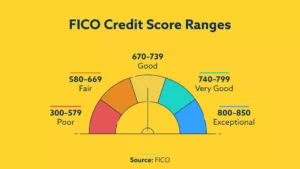 Question: I've been receiving numerous calls from a collections company about a debt in late 2006-early 2007. My Equifax and Transunion reports show the last date of activity as late 2006-early 2007, and my Experian report shows a “kd” beginning in October of 2006-Feb of 2007.
Question: I've been receiving numerous calls from a collections company about a debt in late 2006-early 2007. My Equifax and Transunion reports show the last date of activity as late 2006-early 2007, and my Experian report shows a “kd” beginning in October of 2006-Feb of 2007.
Does the statue of limitations start on the kd/last activity date (the SOL in Texas is 4 years)?
Answer: No, the statute of limitations does not start on the last date of activity. The last date of activity can be any transaction on an account; the last payment made on the account, the date the account was transferred or sold to a collection agency, etc. The DOLA can change anytime there is new activity on the account. See more on the Date of Last Activity.
This is not to be confused with the Statute of Limitations on Debt. To calculate the Debt Statute of Limitations start with the date you made your last payment (no other payments have been made on that account since then). For example:
1. You made a payment on an account in June 10, 2004 and no further payments have been made. July 2004 becomes your first date of delinquency (DOFD).
2. You live in Texas where the statute of limitations is 4 years on “open-ended accounts.”
3. Now add 4 years to the July 10, 2004.
4. The statute of limitations runs July 10, 2008. The creditor or collection agency can no longer sue you for this debt even though they can continue trying to collect on the debt. Read more on Debt Statute of Limitations.
Most negative marks your credit can remain up to 7.5 years. This length of time is calculated from the date of first delinquency, which cannot change on your credit reports; even if the debt goes from collection agency to collection agency. If a collection agency re-ages an account, they have committed a serious violation.
My guess is either it is a new collection who just purchased the debt or the collection agency holding the debt realizes the statute of limitations on the debt is close to passing and they want to get you on the phone so you can either acknowledge you owe the debt, make a payment on the debt or agree to repay the debt. All of which may restart the statute of limitations on the debt.











